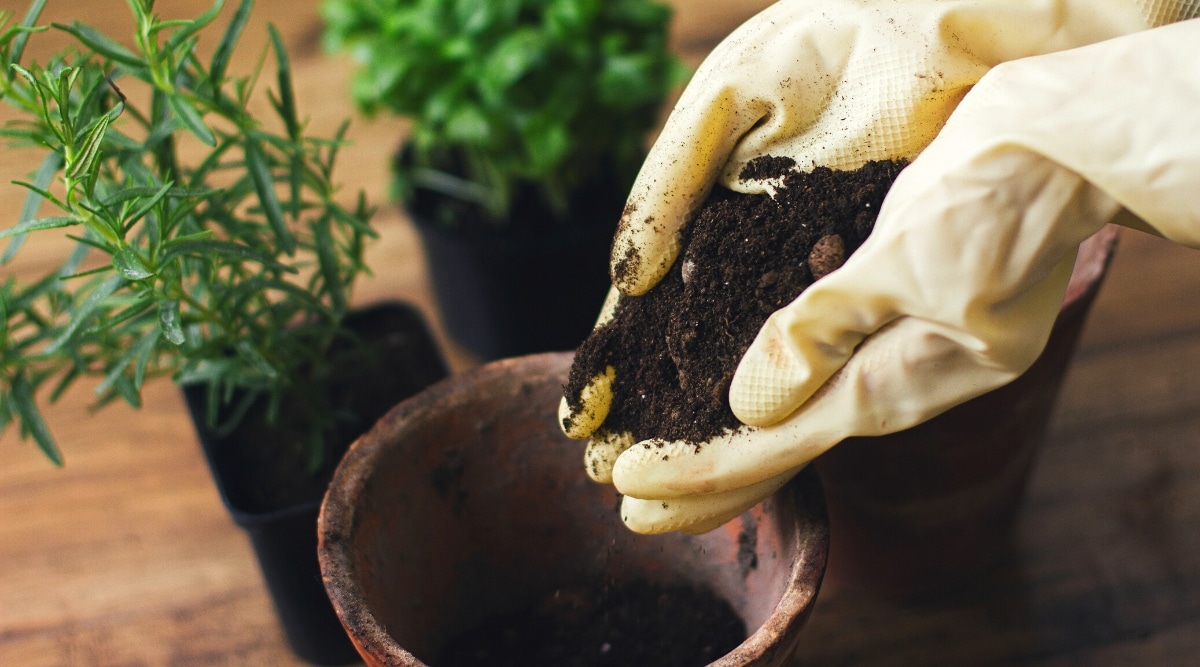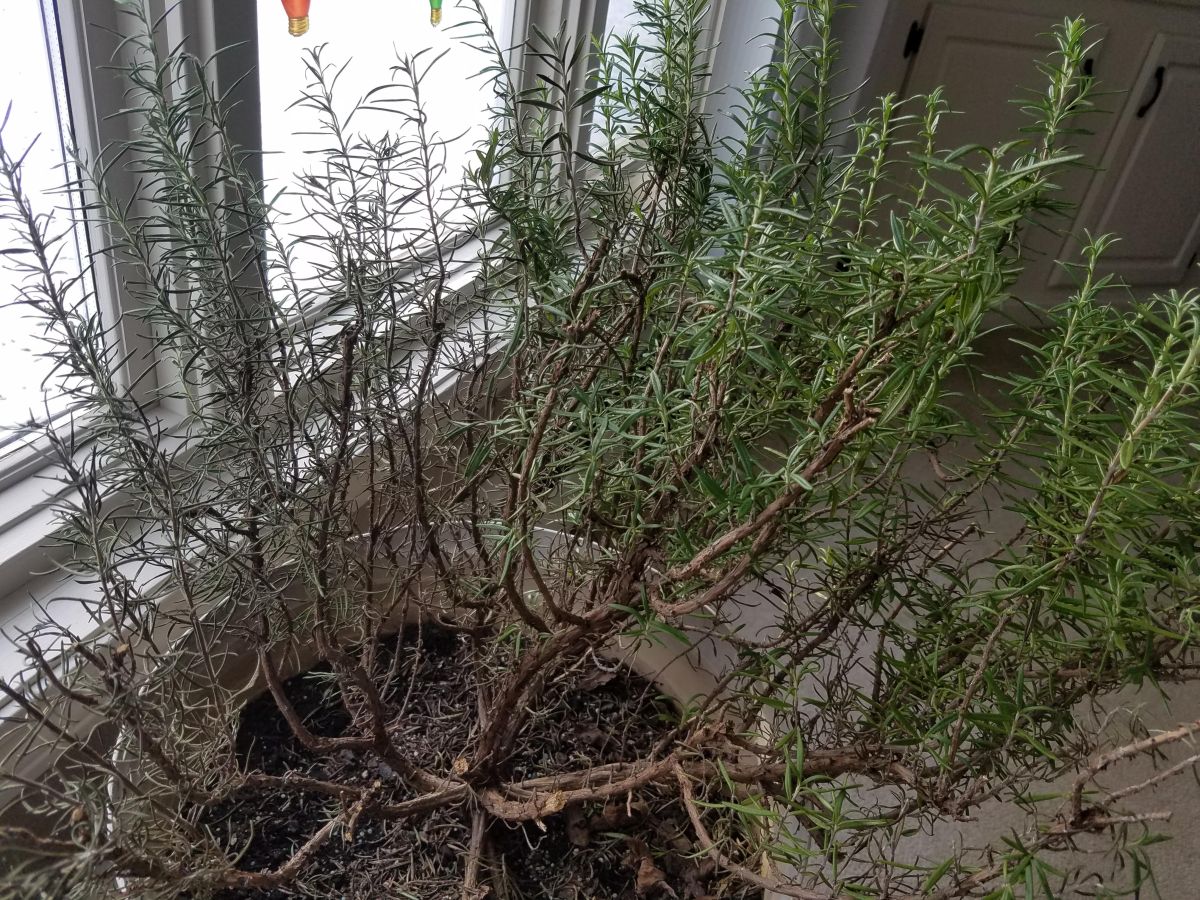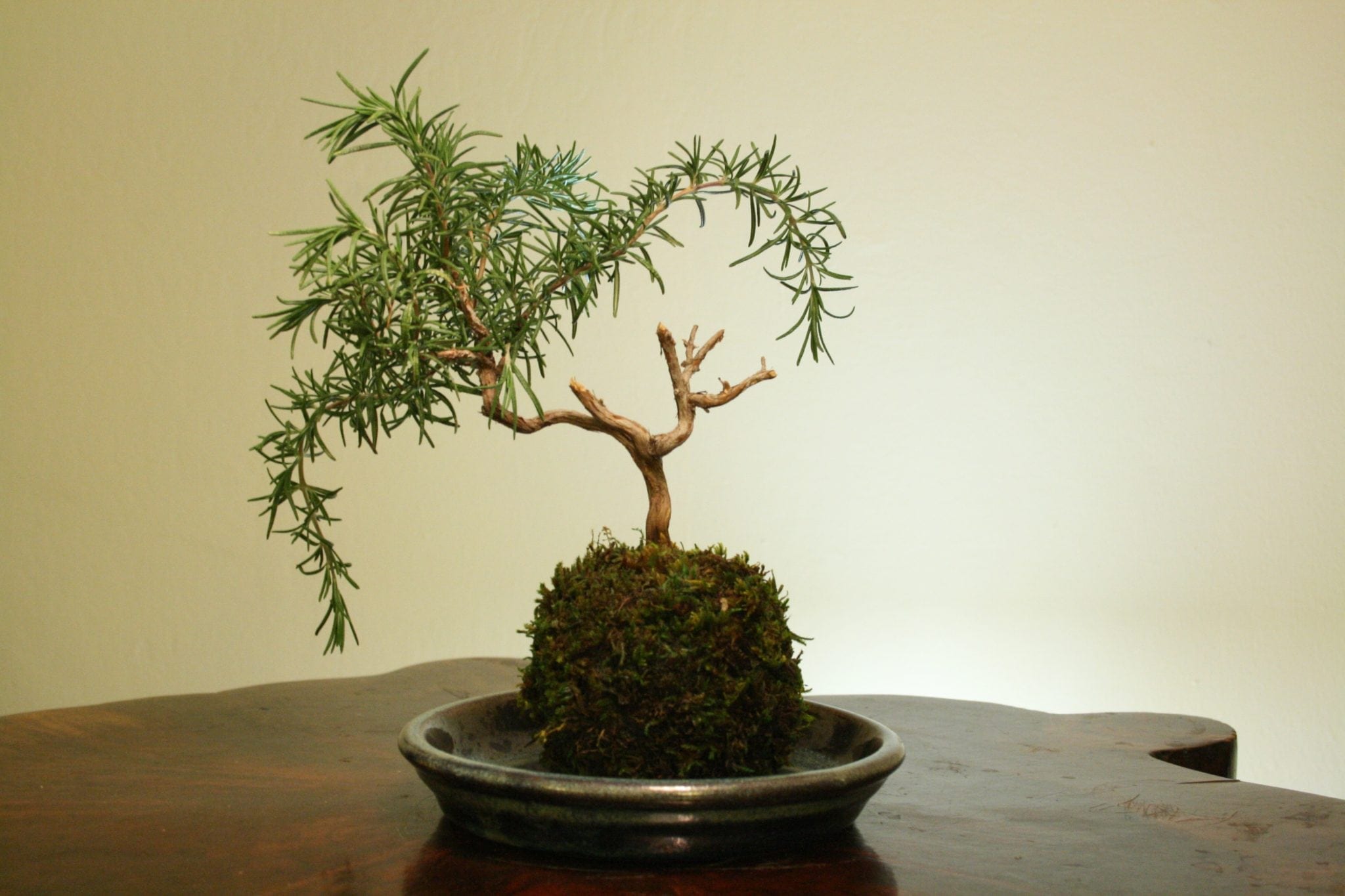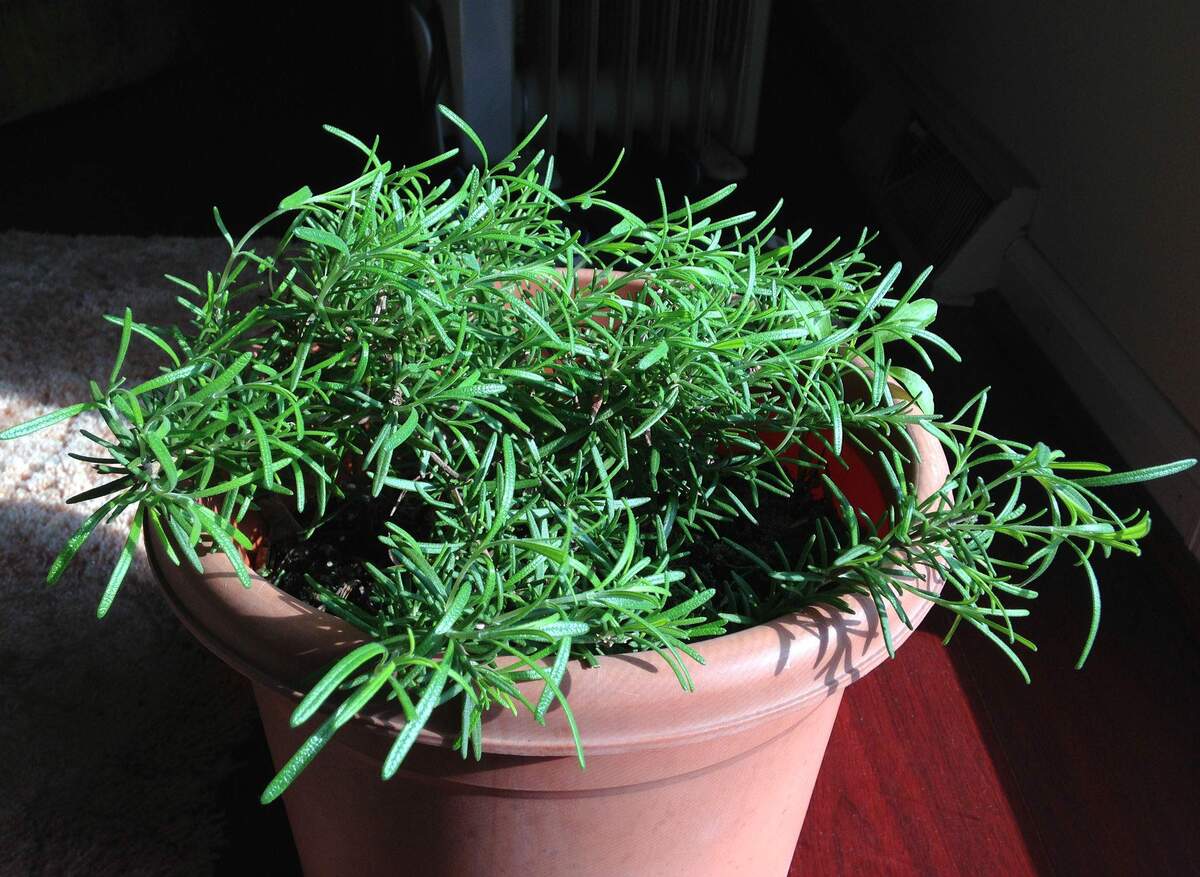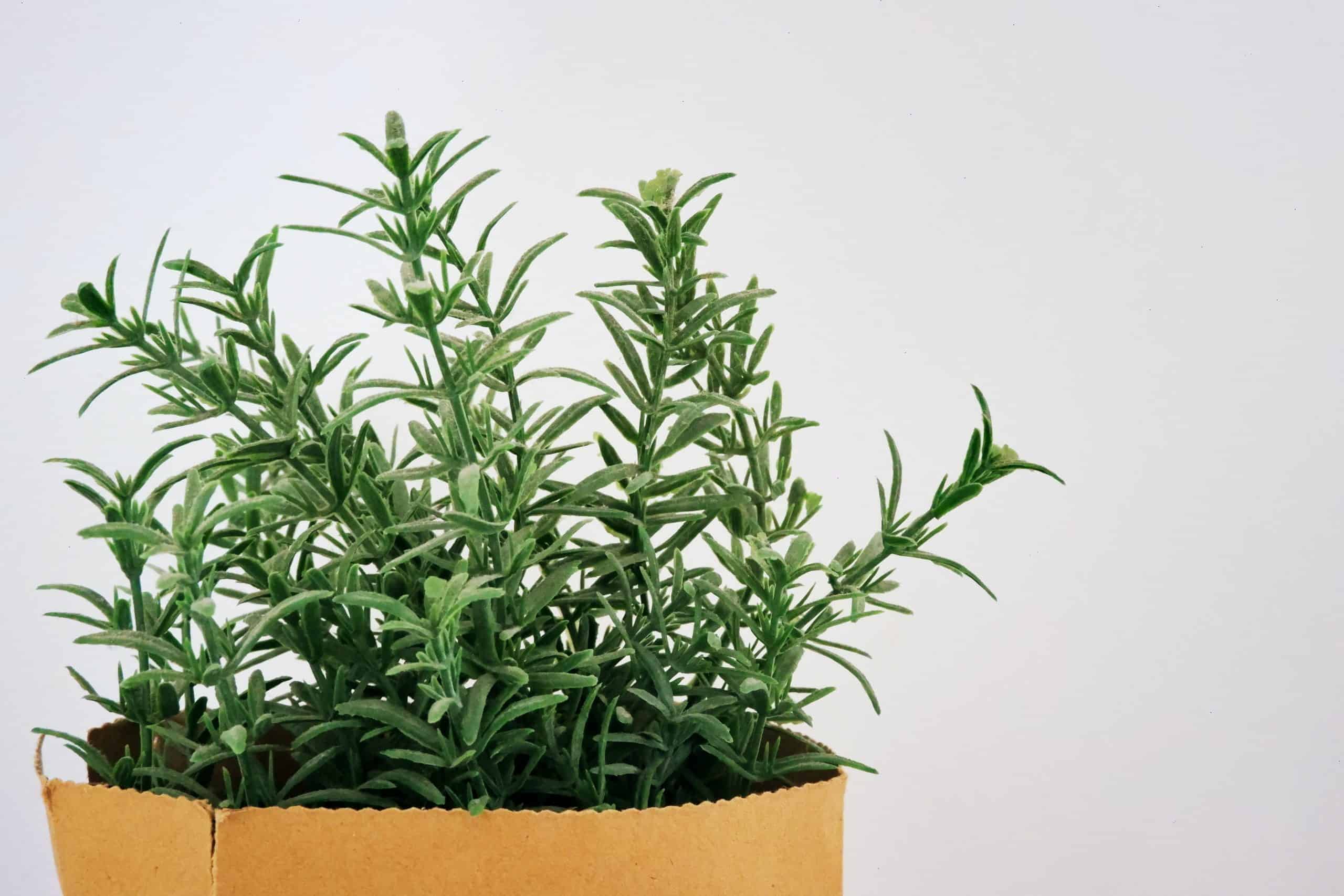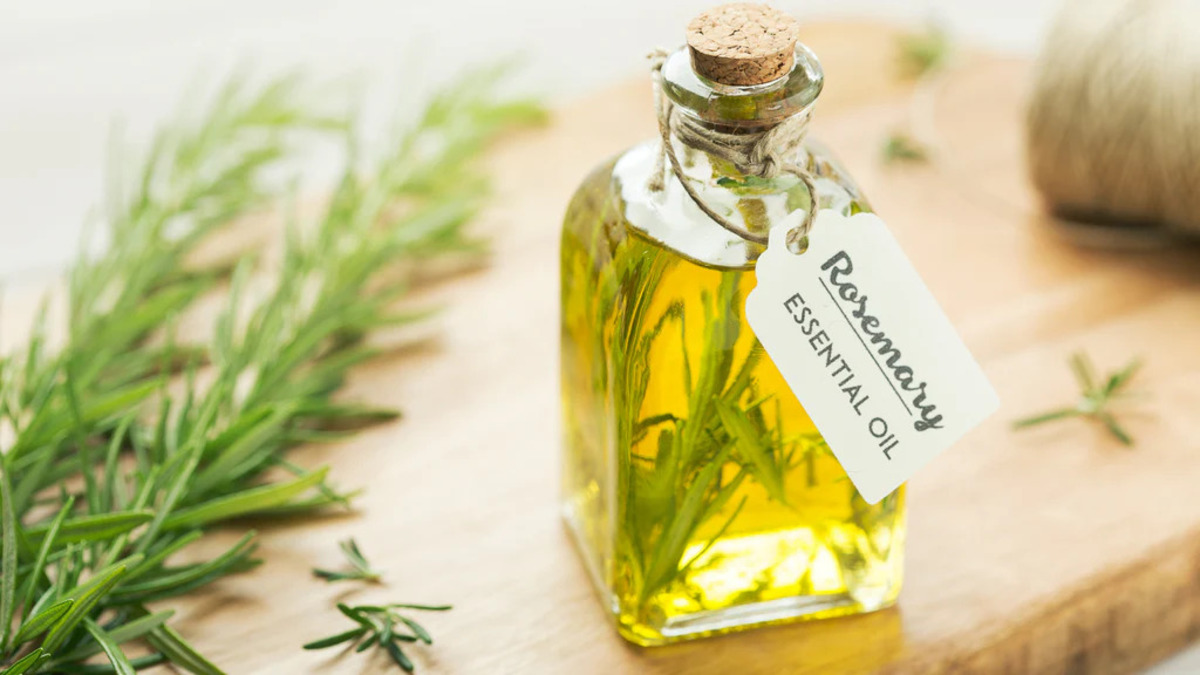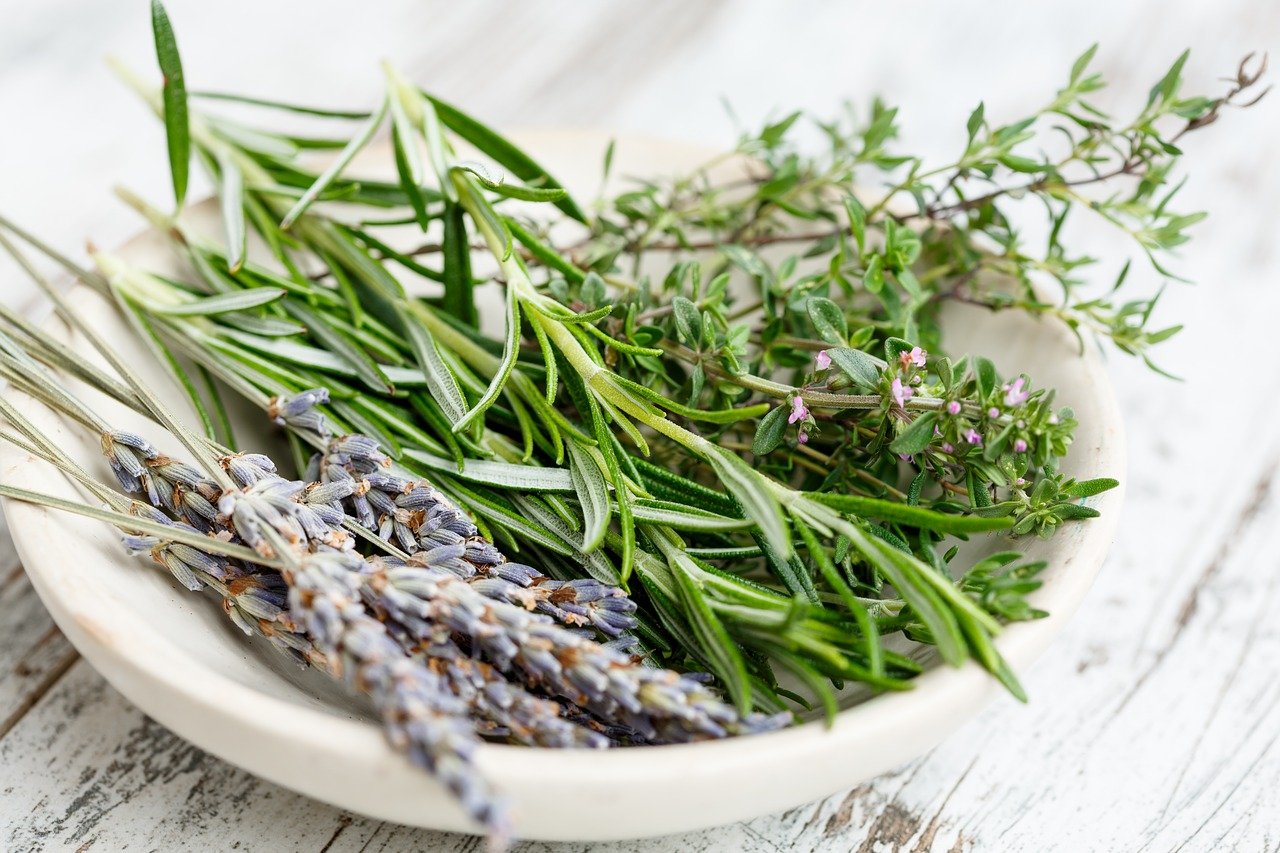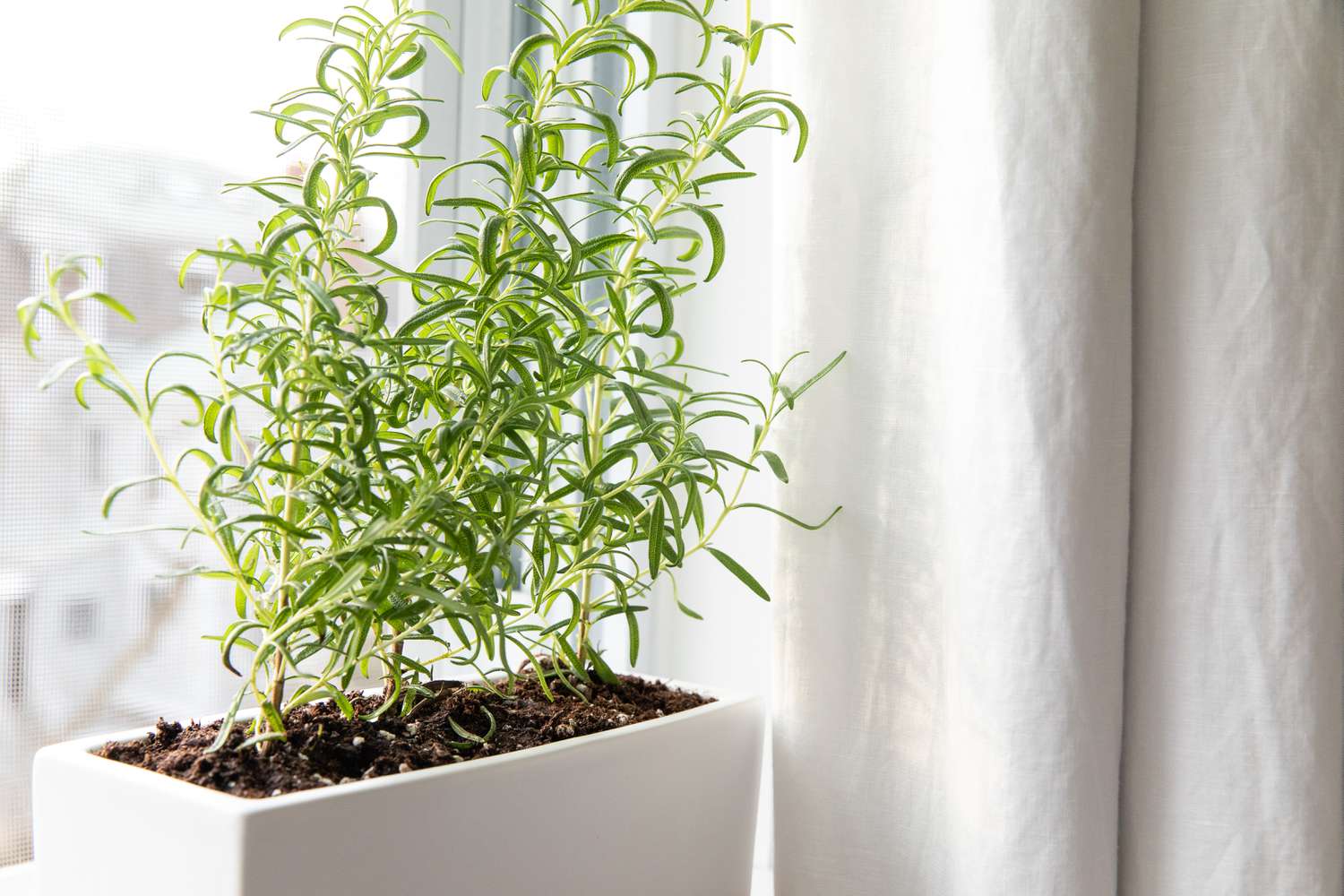Home>Gardening Techniques>Seasonal Gardening>How Cold Can A Rosemary Plant Tolerate
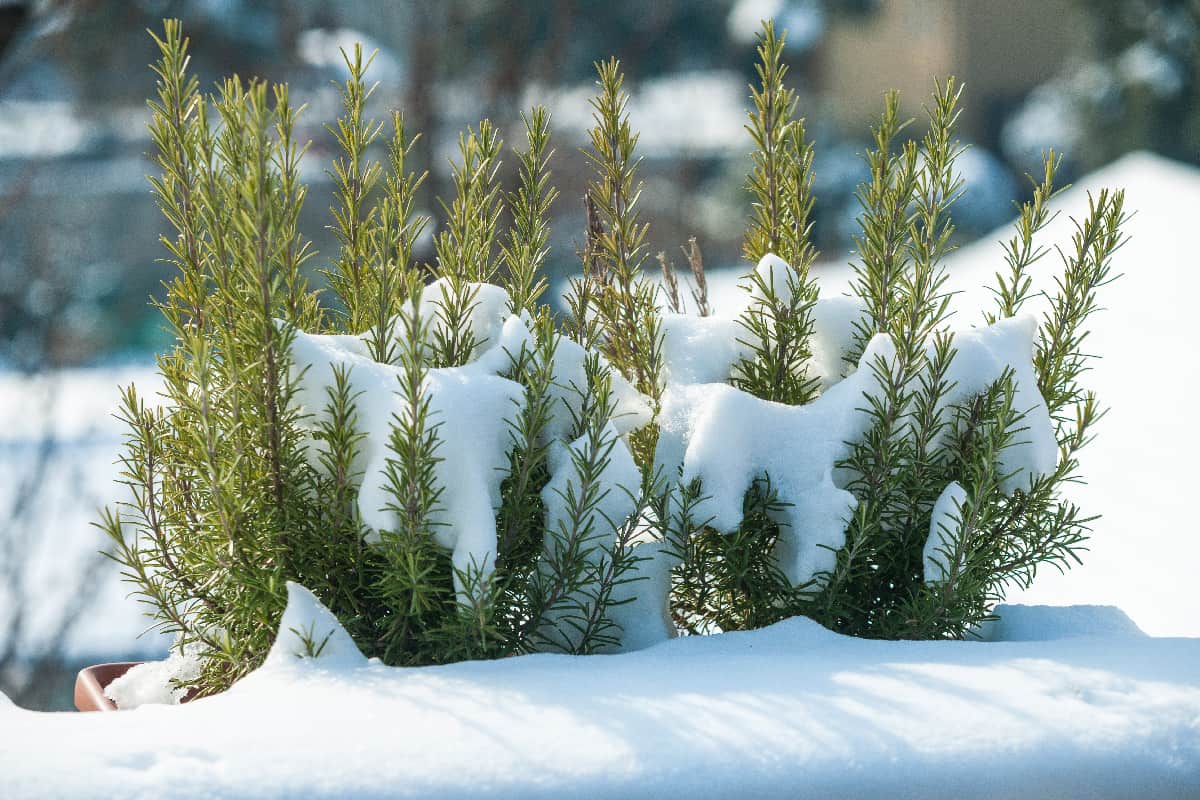

Seasonal Gardening
How Cold Can A Rosemary Plant Tolerate
Modified: January 29, 2024
Learn about seasonal gardening and discover how cold a rosemary plant can tolerate. Find tips to protect your plants during colder months.
(Many of the links in this article redirect to a specific reviewed product. Your purchase of these products through affiliate links helps to generate commission for Chicagolandgardening.com, at no extra cost. Learn more)
Table of Contents
Introduction
Welcome to the world of seasonal gardening! As the seasons change, so do the needs of your plants. Whether you’re a seasoned pro or a gardening enthusiast just starting out, understanding and adapting to the seasonal requirements of your plants is vital to their health and success.
In this article, we will delve into the fascinating world of seasonal gardening, with a specific focus on one of the most beloved and versatile plants – rosemary. Rosemary is not only a culinary herb that adds a burst of flavor to dishes, but it also boasts numerous health benefits and provides a delightful fragrance. However, rosemary is a plant that is highly affected by seasonal changes, particularly when it comes to cold temperatures.
In the following sections, we will explore the factors that influence the cold tolerance of rosemary plants, the optimal temperature range for their growth, and how to identify and address cold damage. Additionally, we will provide valuable tips and techniques for protecting rosemary plants from the harsh effects of winter.
Whether you’re a beginner looking to learn the basics or an experienced gardener seeking to expand your knowledge, this article will serve as your comprehensive guide to understanding the seasonal needs of rosemary plants. So, grab your gardening gloves and let’s dive into the wonderful world of seasonal gardening with a focus on our beloved rosemary.
Factors Affecting Rosemary Plant Tolerance to Cold
When it comes to the cold tolerance of rosemary plants, there are several key factors that come into play. By understanding these factors, you can better prepare and protect your rosemary plants from potential damage during cold spells.
- Plant Variety: Different rosemary varieties have varying levels of cold tolerance. Some varieties, such as ‘Arp’ and ‘Huntington Carpet’, are known for their exceptional cold hardiness. On the other hand, certain varieties, like ‘Tuscan Blue’, may be more susceptible to cold damage. Before you begin planting rosemary, it’s important to research and select varieties that are well-suited to your local climate.
- Maturity: The age and maturity of a rosemary plant can influence its ability to withstand cold temperatures. Young, newly established plants are generally more vulnerable to cold damage compared to well-established, mature plants. It is crucial to provide extra care and protection to young plants during colder months.
- Health and Vigor: Healthy and vigorous rosemary plants have a better chance of withstanding cold temperatures. Optimal soil conditions, proper nutrition, and regular pruning all contribute to the overall health and vigor of rosemary plants. Prioritize these care practices to ensure your plants are in excellent shape and better equipped to cope with winter cold.
- Microclimates: The specific location and microclimate within your garden can impact the cold tolerance of rosemary plants. Areas that provide adequate sunlight, shelter from strong winds, and good air circulation can create microclimates that are more favorable for plant growth and cold tolerance. Consider these factors when choosing the planting location for your rosemary.
- Preparation: Proper preparation before the onset of cold weather can greatly enhance the cold tolerance of rosemary plants. Mulching around the base of the plant with organic materials like straw or wood chips helps insulate the roots and retain soil warmth. Wrapping the plant with burlap or frost cloth can shield it from damaging winds and extreme temperatures.
By taking these factors into account, you can increase the cold tolerance of your rosemary plants and minimize the risk of damage during the colder months. With proper care and attention, your rosemary will thrive and provide you with abundant harvests and aromatic delight, even when winter comes knocking.
Optimal Temperature Range for Rosemary Growth
Rosemary plants thrive in specific temperature ranges, and understanding these optimal conditions is essential for their successful growth and development. While rosemary is known for its ability to tolerate some cold temperatures, it also has temperature preferences that can significantly impact its health and productivity.
The ideal temperature range for rosemary growth is between 60°F (15°C) and 80°F (27°C). Within this range, rosemary exhibits vigorous growth and produces the highest quality foliage and flowers. Temperatures below 50°F (10°C) can slow down growth and affect the overall appearance of the plant.
In mild Mediterranean climates, where rosemary is native, the plant can tolerate cooler temperatures and even survive mild frost. However, prolonged exposure to temperatures below 30°F (-1°C) can cause significant damage and even death to rosemary plants.
On the other end of the spectrum, rosemary plants may struggle in regions with extremely hot temperatures. When exposed to temperatures consistently exceeding 90°F (32°C), rosemary can experience heat stress, leading to wilting, reduced growth, and even susceptibility to pests and diseases.
It is important to note that the optimal temperature range for rosemary growth may vary depending on the specific variety and the adaptation of the plant to local conditions. Some cold-tolerant varieties can withstand lower temperatures, while certain heat-tolerant varieties may thrive in hotter climates.
To ensure optimal growth and to protect your rosemary plants from temperature extremes, consider the following tips:
- Plant rosemary in well-draining soil to prevent waterlogged root conditions, which can exacerbate temperature stress.
- Provide adequate irrigation and water deeply, especially during hot, dry periods, to help cool the roots and maintain moisture.
- Consider planting rosemary near a south-facing wall or other structures that can absorb and radiate heat, providing some extra warmth during cooler months.
- In regions with hot summers, provide shade during the hottest part of the day to protect the rosemary from excessive sun and heat stress.
By understanding the optimal temperature range for rosemary growth and implementing these practical tips, you can create an environment that promotes healthy growth, increased productivity, and the overall well-being of your rosemary plants.
Cold Hardiness Zones for Rosemary Plants
Understanding the cold hardiness zones is crucial when selecting plants for your garden, and rosemary is no exception. Cold hardiness zones provide valuable information about the average minimum temperatures experienced in different regions, helping gardeners determine the suitability of plants for their specific climate.
Rosemary is generally considered hardy in USDA zones 7 and above. However, there are certain varieties that exhibit greater cold tolerance and can survive in zones 6 and even 5 with proper protection.
In USDA zone 7, where minimum temperatures can range from 0°F to 10°F (-18°C to -12°C), rosemary plants can endure winter with minimal damage if provided with adequate protection. Mulching, using frost cloth or burlap covers, and situating the plants near warm microclimates can all help preserve the integrity of rosemary plants in this zone.
In USDA zone 6, where minimum temperatures can range from -10°F to 0°F (-23°C to -18°C), rosemary plants face a higher risk of cold damage. Ensuring proper winter protection, such as heavy mulching and wrapping the plants, can increase their chances of survival. Additionally, planting rosemary near a south-facing wall or in a sheltered spot can provide additional warmth and protection during cold snaps.
For gardeners in USDA zone 5, where minimum temperatures can drop as low as -20°F to -10°F (-29°C to -23°C), growing rosemary can be challenging. While some cold-tolerant varieties may survive with proper winter protection, it is advisable to bring potted rosemary plants indoors or treat them as annuals in this zone.
It’s important to consult a reliable source, such as your local cooperative extension service or gardening resources specific to your region, to determine the exact hardiness of rosemary in your area. These sources can provide valuable insights into local climate conditions and help you select the most appropriate rosemary varieties for your garden.
By understanding the cold hardiness zones and taking necessary precautions, you can successfully grow rosemary plants and enjoy their aromatic splendor, regardless of your region’s climate.
Symptoms and Signs of Cold Damage in Rosemary
When exposed to cold temperatures, rosemary plants can exhibit various symptoms of damage. Recognizing these signs early on is crucial for implementing appropriate measures to help the plant recover and regain its vigor. Here are some common symptoms and signs of cold damage in rosemary:
- Leaf Discoloration: One noticeable sign of cold damage is the discoloration of rosemary leaves. They may turn yellow, brown, or black, indicating cell damage caused by freezing temperatures. It is essential to differentiate between leaf discoloration due to cold damage and other factors like nutrient deficiencies or pest infestations.
- Leaf Dropping: In response to cold stress, rosemary plants may shed leaves as a self-preservation mechanism. Leaves that have sustained damage from freezing temperatures will start to wither and fall off, reducing the overall foliage density of the plant.
- Stunted Growth: Cold-damaged rosemary plants may exhibit stunted or slow growth. Prolonged exposure to cold temperatures can inhibit the plant’s metabolic processes and impede nutrient uptake, resulting in reduced growth and development.
- Frozen or Blackened Stems: Extremely cold temperatures can cause the stems of rosemary plants to freeze or blacken. This occurs when ice crystals form within the plant tissues, leading to cell rupture and tissue death. Frozen or blackened stems are a clear indication of severe cold damage.
- Loss of Aroma: Rosemary plants are prized not only for their culinary uses but also for their aromatic foliage. However, cold-damaged plants may lose their characteristic fragrance, indicating that essential oils responsible for the aroma have been compromised.
- Dying Plant: In severe cases of cold damage, rosemary plants may succumb to the extreme temperatures. The entire plant may wilt, become brittle, and eventually die. If the majority of the plant exhibits signs of extensive damage, it may be challenging to revive it.
It’s important to note that the severity of cold damage can vary depending on the duration and intensity of the cold period, as well as the specific resilience of the rosemary variety. Additionally, slight damage from cold temperatures may not always be fatal and can sometimes be addressed with proper care and protection.
When you observe signs of cold damage on your rosemary plants, take immediate action to help them recover. This may include providing extra insulation, pruning damaged stems, and adjusting environmental conditions to promote faster regrowth. Early intervention can make a significant difference in the recovery and survival of your rosemary plants.
Protecting Rosemary Plants from Cold Temperatures
As a gardener, it’s essential to take proactive measures to protect your rosemary plants from the damaging effects of cold temperatures. By implementing the following strategies, you can enhance their chances of survival and ensure they thrive throughout the colder months:
- Choose the Right Location: Prior to planting, select a location for your rosemary plants that provides adequate sun exposure while offering some protection from harsh winds. Consider planting near a south-facing wall or using structures like fences or hedges to create a windbreak, reducing the impact of cold winter gusts.
- Provide Mulch: Applying a layer of organic mulch, such as straw or wood chips, around the base of the rosemary plants can help insulate the soil, providing a buffer against extreme temperatures. Mulch also helps retain soil moisture, which is vital for plant health during winter when the drying effects of cold winds can be damaging.
- Wrap with Burlap or Frost Cloth: When temperatures drop below freezing, it’s advisable to protect your rosemary plants by wrapping them with burlap or frost cloth. This creates a shield against the cold and helps retain heat generated by the plant. Make sure to secure the wrapping firmly but not tightly, allowing for some airflow.
- Watering: While it’s important to avoid overwatering during winter, proper watering is crucial to maintaining plant health. Water the rosemary plants deeply before cold spells to ensure the roots are well-hydrated. This provides some insulation and helps the plant withstand cold temperatures better.
- Pruning: Pruning your rosemary plants in late fall before the arrival of winter can help maintain their shape and vigor while also allowing better air circulation. However, avoid heavy pruning as it can stimulate new growth that may be more susceptible to damage.
- Monitor and Adjust: Keep a close eye on the weather forecast and be prepared to make adjustments accordingly. If a sudden cold snap is predicted, consider adding extra protection such as additional layers of mulch or temporarily moving potted rosemary plants to a more sheltered location.
Remember that every garden and every rosemary plant is unique, and the degree of protection required may vary. It’s essential to assess the specific needs of your plants, monitor their response to cold temperatures, and adjust your protective measures accordingly.
By implementing these strategies and providing proactive care, you can safeguard your rosemary plants from the damaging effects of cold temperatures, ensuring they continue to thrive and provide you with fresh and flavorful herbs year-round.
Winter Care Tips for Rosemary Plants
Winter care is vital for maintaining the health and vitality of your rosemary plants during the cold season. By following these essential tips, you can ensure your plants survive winter and thrive when the warmer months return:
- Manage Moisture: Rosemary prefers well-draining soil, so it’s important to strike a balance between keeping the soil moist and avoiding excessive water accumulation. Water the plants deeply but infrequently, allowing the soil to dry out slightly between waterings. This helps prevent root rot and other moisture-related issues.
- Limit Fertilization: Reduce or halt fertilizer application during the winter months. Rosemary plants tend to have reduced growth during this time, and excessive nutrients can lead to soft, weak growth that is more susceptible to cold damage. Resume fertilization in the spring when active growth resumes.
- Prune with Caution: While it’s generally best to avoid heavy pruning during winter, the occasional light pruning can be beneficial. Remove any dead or damaged stems and trim back any excessively long or straggly growth. This helps maintain the overall shape of the plant while stimulating new growth in the spring.
- Protect from Frost: Frost can be particularly damaging to rosemary plants. When frost is expected, cover your plants with burlap or frost cloth in the evenings, removing the cover during the day to allow sunlight and air circulation. A layer of mulch around the base of the plant can also help insulate the roots.
- Maintain Indoor Rosemary: If you have potted rosemary plants, consider bringing them indoors during the winter months. Choose a bright location near a sunny window and provide adequate humidity. Water sparingly, allowing the soil to dry out slightly between waterings.
- Monitor Pests and Diseases: While rosemary is relatively resistant to pests and diseases, it’s essential to remain vigilant during winter, as certain issues can arise. Remove any fallen leaves or debris around the plants, as this can harbor pests and diseases. Inspect the plants regularly for signs of infestation or disease and take appropriate action if necessary.
Remember that while rosemary is generally a hardy plant, individual varieties and local climate conditions can influence their ability to withstand the winter months. Monitor your plants closely and adjust your care routine as needed to ensure their well-being.
By providing appropriate moisture management, limiting fertilization, pruning with caution, protecting from frost, maintaining indoor rosemary plants, and monitoring for pests and diseases, you can give your rosemary the best chance of thriving through the winter season.
Conclusion
As we conclude our exploration of seasonal gardening with a focus on rosemary plants, we hope you have gained valuable insights into the factors affecting their cold tolerance, optimal temperature ranges for growth, and protection strategies for the colder months.
Rosemary is a versatile and beloved plant, known for its culinary uses, aromatic fragrance, and health benefits. However, it is also a plant that requires careful attention during seasonal transitions, particularly when faced with cold temperatures.
By understanding the factors that influence rosemary’s cold tolerance, such as plant variety, maturity, health, microclimates, and preparation, you can better equip yourself to protect your plants from potential damage.
Knowing the optimal temperature range for rosemary growth allows you to provide favorable conditions for their development. By choosing suitable planting locations, providing mulch, and employing proper watering techniques, you can create an environment that promotes healthy growth and resilience.
Understanding the cold hardiness zones specific to your region helps you make informed decisions when selecting rosemary varieties for your garden. By planting the right varieties and offering appropriate protection, you can increase your chances of success.
Recognizing the symptoms and signs of cold damage in rosemary plants allows for early intervention and better chances of recovery. By taking immediate action through insulation, pruning, and environmental adjustments, you can help your plants bounce back from cold-related stress.
Lastly, by implementing winter care tips such as managing moisture, limiting fertilization, pruning with caution, protecting from frost, maintaining indoor rosemary, and monitoring for pests and diseases, you can ensure the well-being and longevity of your rosemary plants during the colder months.
With this comprehensive knowledge and practical strategies, you can confidently engage in seasonal gardening, successfully cultivating and enjoying the beauty and benefits of rosemary throughout the year.
So, embrace the joys of gardening and take pleasure in the wonderful world of seasonal gardening with your cherished rosemary plants. Happy gardening!

